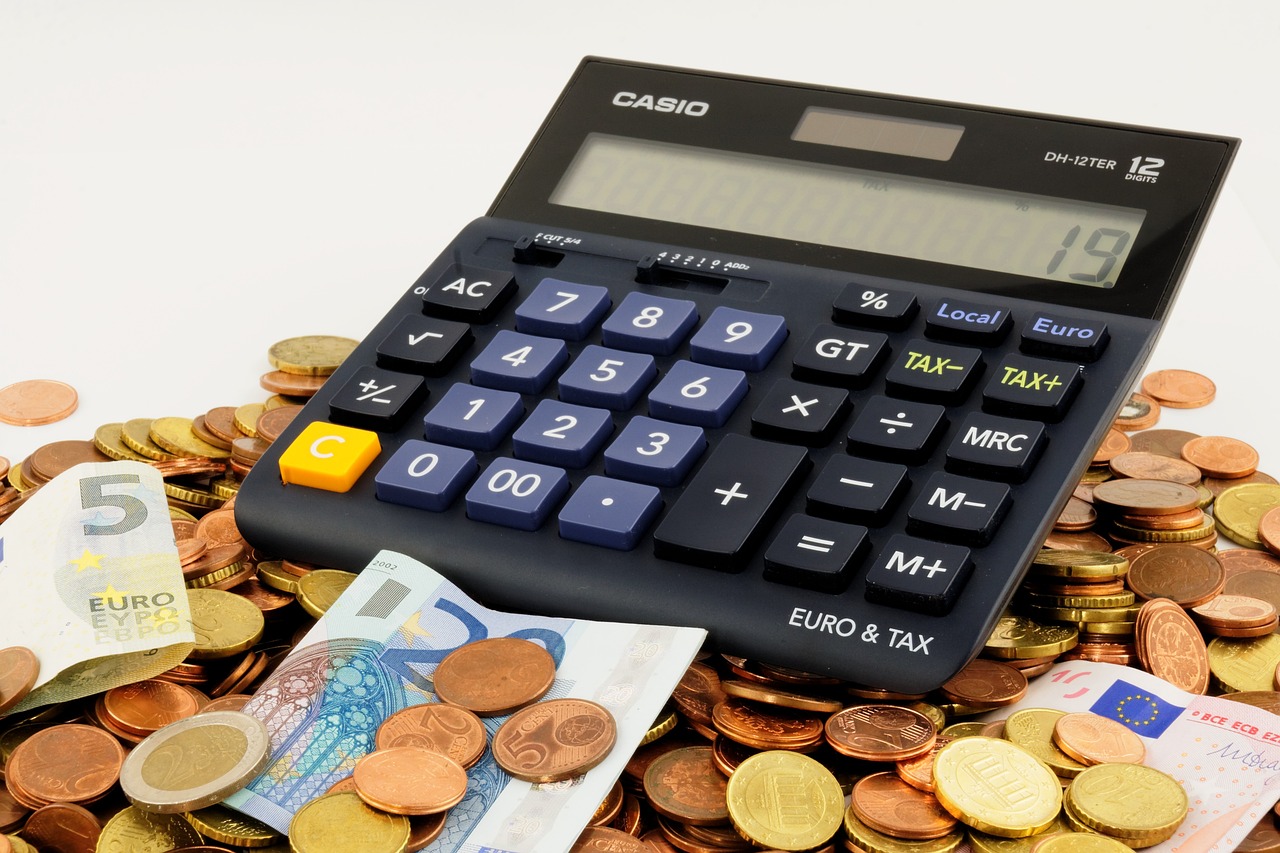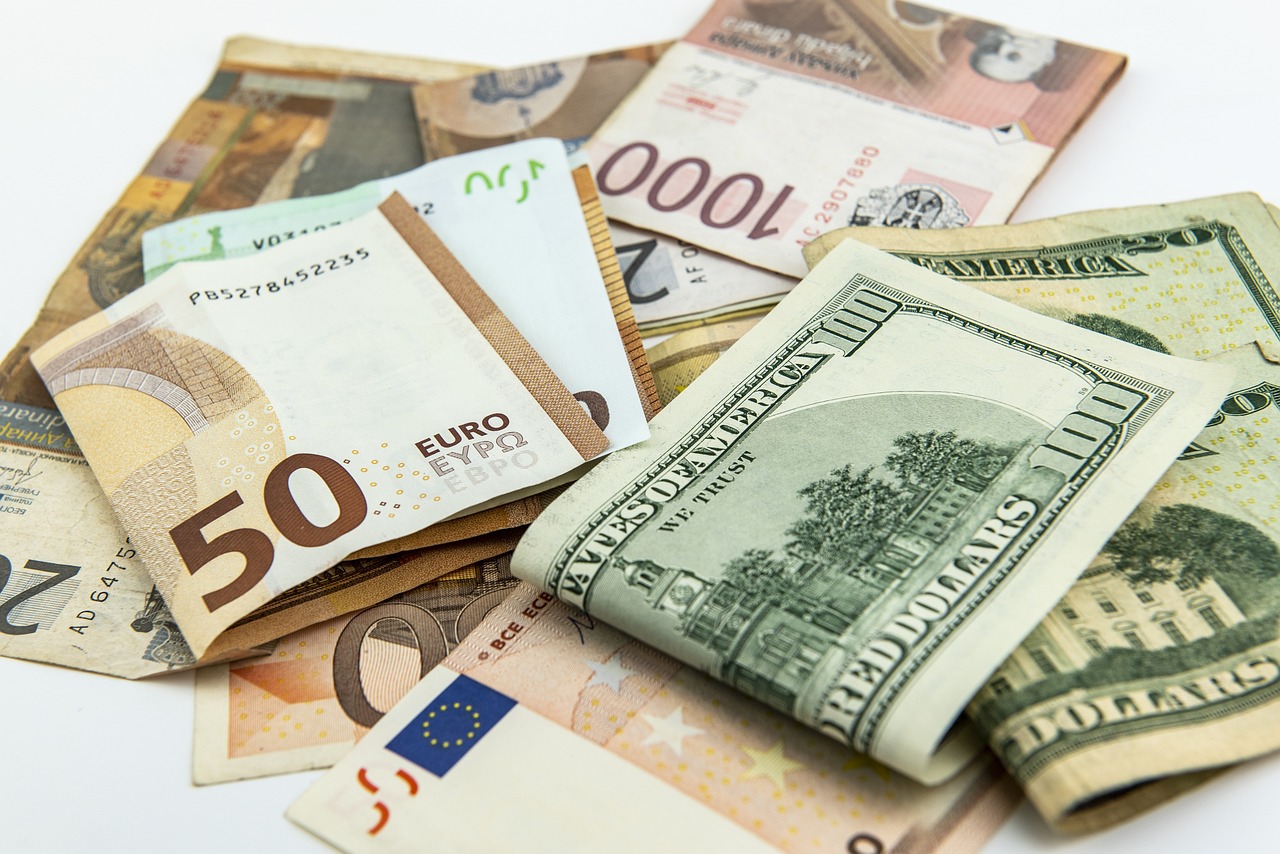Factors Influencing US Dollar to Malaysian Ringgit Exchange Rates: Holidays, Central Bank Policies, and Market Trends
GPT_Global - 2025-10-30 15:00:39.0 291
What’s the difference between the buy and sell rates for 1 US dollar in Malaysian Ringgit at money changers?
The buy and sell rates for 1 US dollar in Malaysian Ringgit at money changers play a crucial role in the remittance process. These rates determine how much a customer receives when exchanging their currency for Ringgit and vice versa. Understanding these differences is essential for individuals or businesses involved in remittance services.
Money changers typically offer a "buy rate" and a "sell rate" for foreign currencies. The buy rate is the price at which they purchase foreign currency from customers. On the other hand, the sell rate is the price at which they sell foreign currency to customers. For instance, if a customer is exchanging USD to MYR, the buy rate is what the customer receives for selling their USD, while the sell rate is what they pay to buy USD in the future.
For remittance businesses, the spread between these rates can significantly affect profit margins. The wider the spread, the higher the potential for profit. Customers should always compare buy and sell rates across different money changers to ensure they are getting the best deal when sending or receiving money across borders.

Are there any significant holidays in Malaysia that affect currency exchange rates like US dollar to Ringgit?
Malaysia celebrates several major holidays that can influence financial activities and, to some extent, the exchange rate between the US Dollar (USD) and Malaysian Ringgit (MYR). During these periods, such as Chinese New Year, Hari Raya Aidilfitri, and Deepavali, banks and money changers may adjust their operations, leading to temporary fluctuations in exchange rates due to lower trading volumes and higher demand for cash.
Remittance businesses often see an increase in transactions during festive seasons. Malaysians working abroad tend to send more money home for family celebrations and gifts. This surge in demand for Ringgit can cause short-term appreciation, making it slightly more expensive to exchange USD to MYR. Conversely, after the holidays, rates may stabilize as financial activities return to normal levels.
For individuals and businesses involved in remittance, it’s wise to monitor exchange rates closely during these key Malaysian holidays. Planning transfers in advance or using digital remittance platforms with real-time rate alerts can help secure better conversion rates and reduce transaction costs.
Can I use a currency converter to get an accurate conversion of 1 US dollar to Malaysian Ringgit?
When sending money overseas, especially for remittances, it's important to know how much your funds are worth in another currency. One common tool used for this is a currency converter. But can a currency converter give you an accurate conversion of 1 US dollar to Malaysian Ringgit (MYR)?
Currency converters are helpful for getting a quick estimate of exchange rates, but they may not always reflect the exact amount you’ll receive or pay. This is because these converters use real-time market rates, which can fluctuate rapidly. Remittance services, on the other hand, often include service fees or provide a slightly different rate, so the conversion may differ from the one shown on a converter.
For more precise and reliable information, it's best to check with your remittance provider. They can give you an exact rate, including all the fees and charges involved. This ensures that you know exactly how much the recipient will receive in Malaysian Ringgit after the transaction.
What’s the best time of year to exchange 1 US dollar to Malaysian Ringgit for better rates?
When exchanging 1 US dollar (USD) to Malaysian Ringgit (MYR), timing is crucial to secure the best rates. Currency values fluctuate constantly due to various economic factors, including market demand, geopolitical events, and seasonal trends. Understanding these fluctuations can help you get the best exchange rate.
The best time of year to exchange USD to MYR is generally during periods when the Ringgit is stronger, which often occurs in the months leading up to Malaysia’s fiscal year-end (usually in December). This is due to increased demand for the local currency as businesses prepare for the new fiscal cycle. Additionally, avoiding times of economic instability, such as during political uncertainty or global financial crises, can help you secure more favorable rates.
For those looking to send remittances, it’s important to monitor exchange rate trends and avoid high-demand periods like major holidays when the value of the Ringgit may dip. Remittance services that offer real-time exchange rate tracking and no hidden fees can help you take advantage of the best time to exchange money, ensuring you get the maximum value for your US dollars.
How does Malaysia’s central bank affect the value of the Ringgit compared to the US dollar?
Malaysia's central bank, Bank Negara Malaysia (BNM), plays a pivotal role in influencing the value of the Ringgit (MYR) against the US dollar (USD). Through its monetary policies, BNM controls key aspects such as interest rates and foreign exchange reserves, which directly impact currency value.
One of the primary tools BNM uses to influence the Ringgit's value is the adjustment of interest rates. When BNM raises interest rates, it attracts foreign investment, increasing demand for the Ringgit, thereby strengthening it against the US dollar. On the other hand, a rate cut may weaken the Ringgit as investors look elsewhere for better returns.
Additionally, BNM's intervention in the foreign exchange market can stabilize or adjust the Ringgit's value. The central bank may buy or sell Ringgit to prevent excessive volatility, ensuring a stable currency that benefits the economy, including remittance businesses.
For remittance companies, understanding the interplay between BNM's policies and the Ringgit’s value is crucial. It helps predict exchange rate fluctuations, ensuring optimal transfer rates for customers sending money from Malaysia to the US and vice versa.
Why might 1 US dollar be worth more or less in Malaysian Ringgit than in other Asian countries?
When it comes to remittance services, understanding currency exchange rates is essential for both senders and recipients. The value of 1 US dollar in Malaysian Ringgit (MYR) can vary significantly compared to other Asian countries, influenced by multiple factors.
Firstly, exchange rates fluctuate due to the economic health of each country. Malaysia’s economy is different from neighboring countries, such as Singapore or Thailand, which results in a different value for their respective currencies. The Ringgit’s strength or weakness depends on Malaysia's economic indicators, including inflation rates, trade balance, and foreign investments.
Another factor is the monetary policy set by Malaysia's central bank, Bank Negara Malaysia. Interest rates and inflation control measures directly impact the exchange rate of MYR against the US dollar. Countries with higher interest rates may attract more foreign investments, strengthening their currency against the dollar.
Lastly, geopolitical events, global market sentiment, and global trade also play crucial roles in determining how much a US dollar is worth in MYR compared to other Asian currencies. Remittance businesses must keep track of these changes to offer the best exchange rates for their customers.
How do stock market trends in the US influence the value of the Ringgit against the US dollar?
The fluctuations of the US stock market can significantly influence the value of the Malaysian Ringgit (MYR) against the US Dollar (USD). When the US stock market performs well, global investors tend to move their capital towards US assets, increasing demand for the USD. This often leads to a stronger dollar and a weaker Ringgit, affecting the exchange rates that remittance businesses and senders rely on.
Conversely, when the US stock market declines, investors may look for safer or alternative markets, potentially boosting emerging currencies like the Ringgit. However, uncertainty and volatility can still cause the MYR to weaken as investors seek the stability of the USD. These movements directly impact the cost of sending money abroad, making exchange rate timing an important consideration for remittance users.
For individuals and businesses sending money from Malaysia to the US or vice versa, understanding stock market trends can help optimize transfer timing. Remittance companies that offer real-time exchange rate tracking and low transfer fees provide an advantage, helping customers get more value for their money despite market fluctuations.
About Panda Remit
Panda Remit is committed to providing global users with more convenient, safe, reliable, and affordable online cross-border remittance services。
International remittance services from more than 30 countries/regions around the world are now available: including Japan, Hong Kong, Europe, the United States, Australia, and other markets, and are recognized and trusted by millions of users around the world.
Visit Panda Remit Official Website or Download PandaRemit App, to learn more about remittance info.


